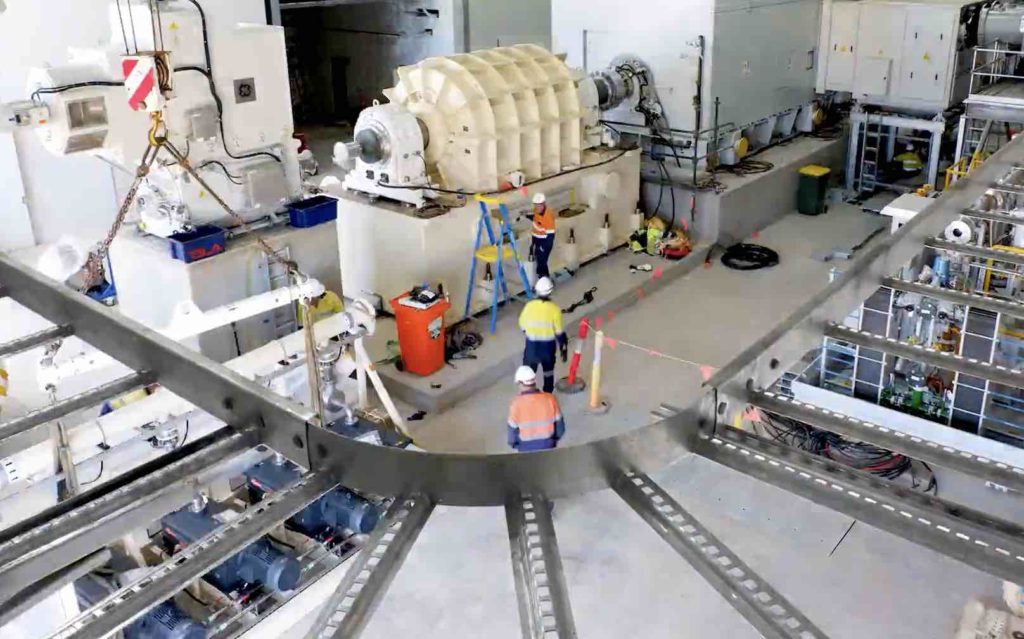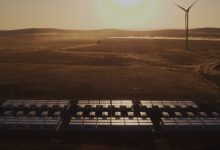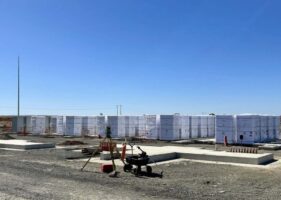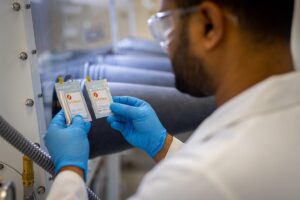It is set to be one of the most interesting contests in the transition to 100 per cent renewables: It is one thing to build enough wind, solar and storage to provide enough electricity to power the grid without fossil fuels, but what is going to hold the grid together, to provide system “security?”
That is the big question for the market operator and big transmission companies. It wasn’t that long ago that high profile individuals were telling us that any share of wind and solar above 50 per cent was not possible, and that it was pure fantasy to imagine a modern economy powered by renewables alone.
Some in conservative circles still believe that, with a passion (or a hatred of wind and solar). But say what you like about South Australia, but that economy, and that state, has been powered by an average of more than 100 per cent wind and solar (over local demand) for more than 10 days.
The only reason it will not last longer in South Australia is that there is not yet enough wind, solar and storage in the system. There will be within a few years. But in the last 10 days the economy did not collapse, the citizens were not forced to live in the dark or in caves. And the state exported more power than it imported.
South Australia is managing the switch to renewables with a combination of spinning machines provided by a couple of gas generators and some newly installed synchronous condensers, basically big spinning machines that don’t burn fuel. (Pictured below).

The state and the Australian Energy Market Operator are also looking at advanced inverters, sometimes known as “grid forming inverters”, or in Tesla talk as “virtual synchronous machines” that could provide the same grid services – system strength and inertia.
The original Tesla big battery, aka the Hornsdale Power Reserve, has been expanded with updated hardware and software that allows them to test them at a scale never been contemplated before.
Last week, the federal government and ARENA announced funding for eight big batteries (seven new and one big retrofit at the Victoria Big Battery) to include grid forming inverters to roll out this new technology over the next three years.
One of the big tests, however, will be in the state of NSW, where the transmission company Transgrid is set to test the market to see who can provide the system strength for the country’s biggest state grid as the country’s biggest coal fleet gradually shuts down and more renewables are built.
Transgrid – which as the transmission company has responsibility for looking after system strength in conjunction with AEMO – this week launched an expressions of interest for technologies that can provide that service.
It is looking for the equivalent of around 29 syncons over the next 10 years.
But they don’t have to be new syncons, they can be existing coal generators repurposed for the purpose (without burning coal), or grid forming inverters, either in big batteries or in wind and solar farms. They can also be hydro generators or variations of the above, such as syncons with flywheels and statcoms.
One of the things that is counting against large syncons is the rather mundane reasons that they are very heavy and, as Transgrid notes, above the maximum weight limits for road transport in NSW. They simply can’t be taken to the locations where they might be needed.
“While this option is technically feasible if some NSW roads and bridges were upgraded, due to likely costs, this option is considered not commercially feasible,” it notes.
Another factor counting in favour of battery storage is that they have multiple strings to their bow – they can be reassigned – within seconds – to other services to the grid – fast frequency response, system protection, or just plain old energy arbitrage, storing excess output for later in the day or night.
That means that batteries can be installed to meet a short term need for system strength, and rather than being made redundant, can be re-tasked to another part of the market.
You can’t do that with syncons, or coal and gas generators for that matter, and one of the interesting parts of the NSW puzzle is that the need for syncons will be bigger in the early years, but then will decline as more transmission in built boosting the links between NSW and other states.
“The short-term deployment of non-network solutions may prove to be an economically viable alternative to network solutions that are not required on an ongoing basis,” Transgrid notes.










